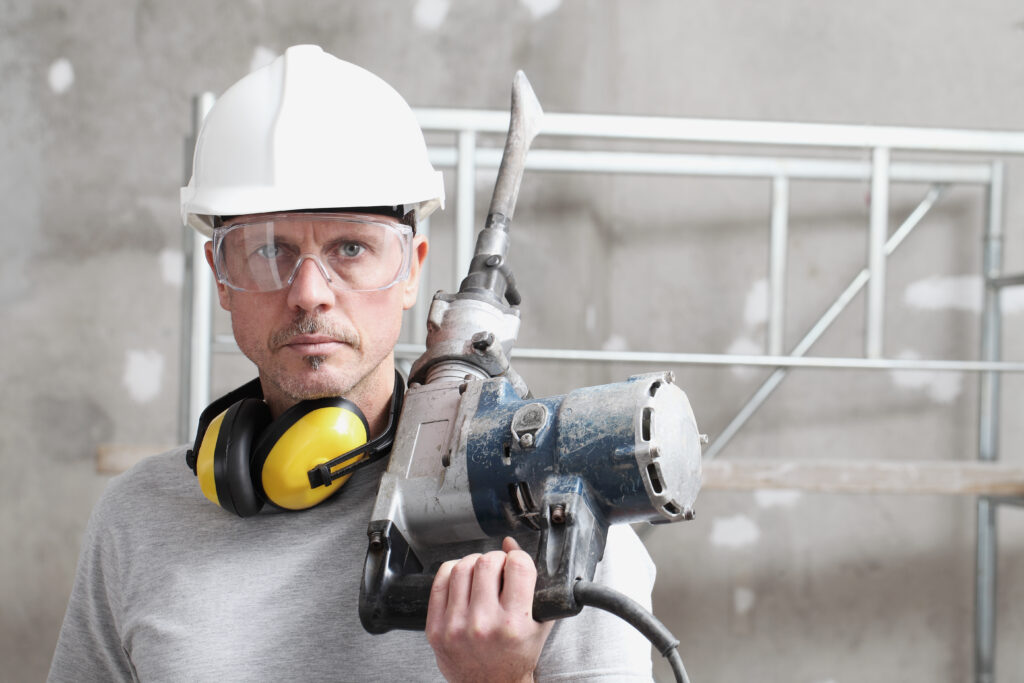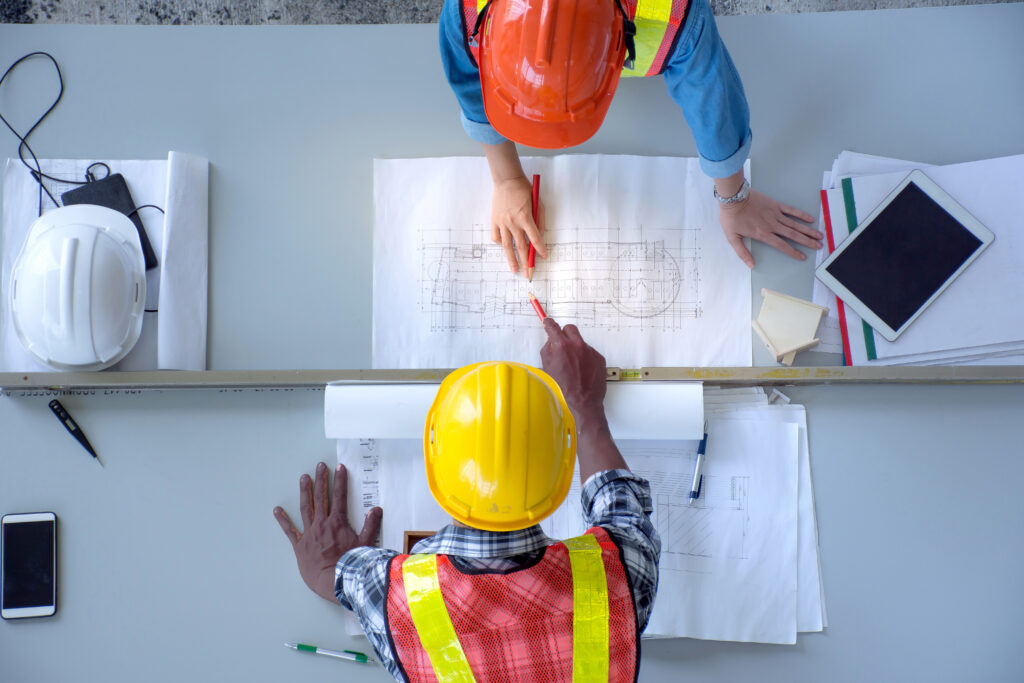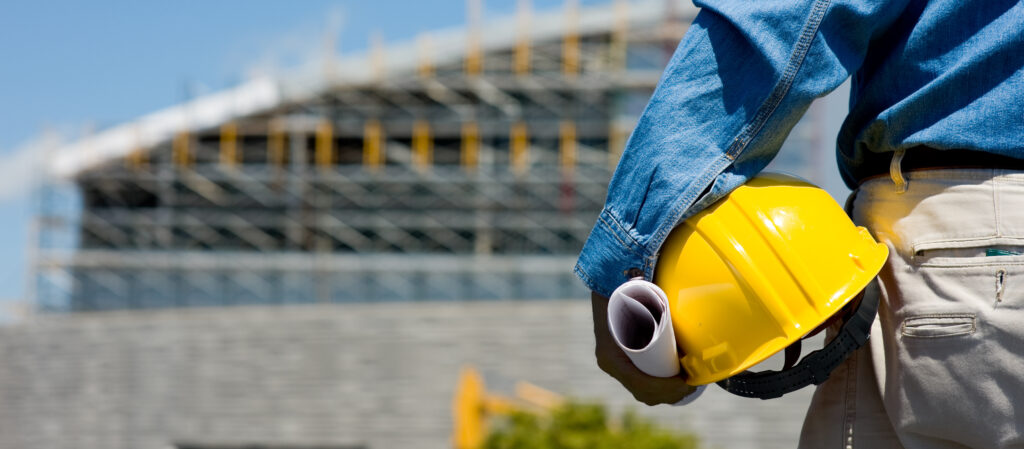Selective Demolition & deconstruction

Selective Demolition: When we perform Selective demolition, also known as “soft strip,” the focus is on the strategic removal of specific building components or sections rather than completely dismantling the entire structure. We typically implement this method when only certain portions of a building need to be removed or renovated. Selective demolition involves the systematic removal of fixtures, equipment, interior finishes, and other targeted elements while leaving the remaining structure intact. The objective is to prepare the building for renovation or repurposing without causing unnecessary damage to the overall structure. Unlike deconstruction, selective demolition does not prioritize material recovery and recycling to the same extent.

Deconstruction: Our Deconstruction process involves carefully dismantling certain building components , dismantling them piece by piece, and salvaging valuable materials for reuse or recycling. The objective of deconstruction is to maximize the recovery of materials and minimize waste. This method is gaining momentum due to both environmental and economic reasons. When we are tasked for a deconstruction project, materials like doors, windows, flooring, cabinets, and other valuable components are carefully removed for potential resale or reuse in other construction projects. The process requires skilled labor and careful planning to ensure the safe removal of materials without causing damage. Deconstruction aims to reduce the environmental impact associated with demolition and promote sustainable practices in the construction industry.
The Process

We first get an understanding of the project scope, specifications, and any relevant documents provided by the property owner or general contractor. We then gather information about the site where the selective demolition will take place. This includes the location, size, current structure, and surrounding environment. Safety concerns are first and foremost. Will the building be occupied during the project? Will we have to work after hours? Are there noise concerns? Are there concerns for dust, fumes or hazardous materials? We have to consider factors such as accessibility, proximity to neighboring buildings, and a myriad of other potential risks or challenges.
Site Visit

Get A consultation or for More Info
We schedule a visit to the site to assess the existing conditions in person. During the site visit, we evaluate the structure’s current state, we identify the areas that require selective demolition, and determine the best approach for the job. We take measurements, note any potential hazards or obstacles, and document any specific requirements or constraints. We assess the safety aspects of the site and the selective demolition process. We identify potential hazards, such as asbestos, lead-based paint, or structural instabilities, and plan for their safe removal or mitigation. We adhere to safety regulations and guidelines to ensure a safe working environment for our team and others in the vicinity.